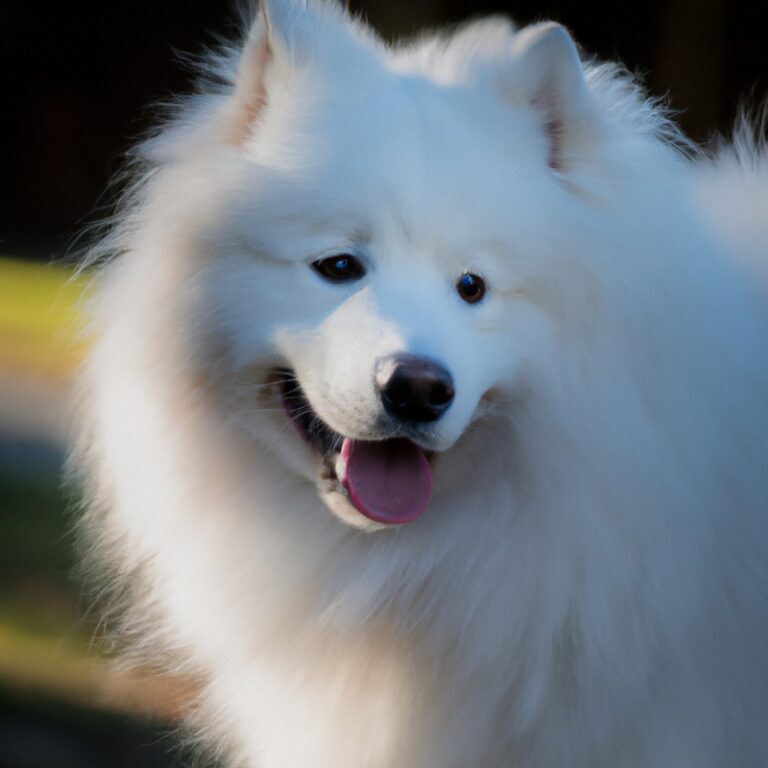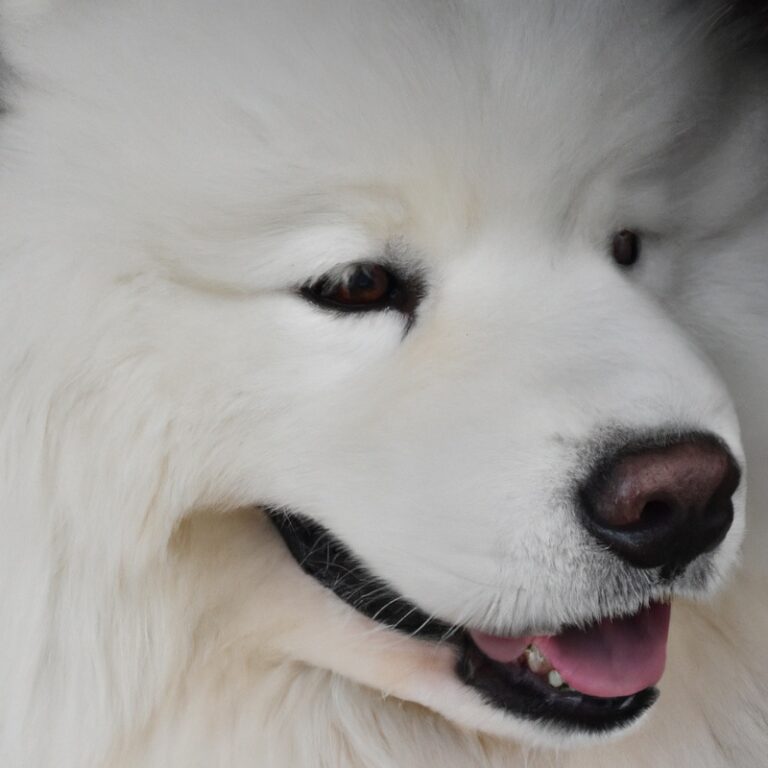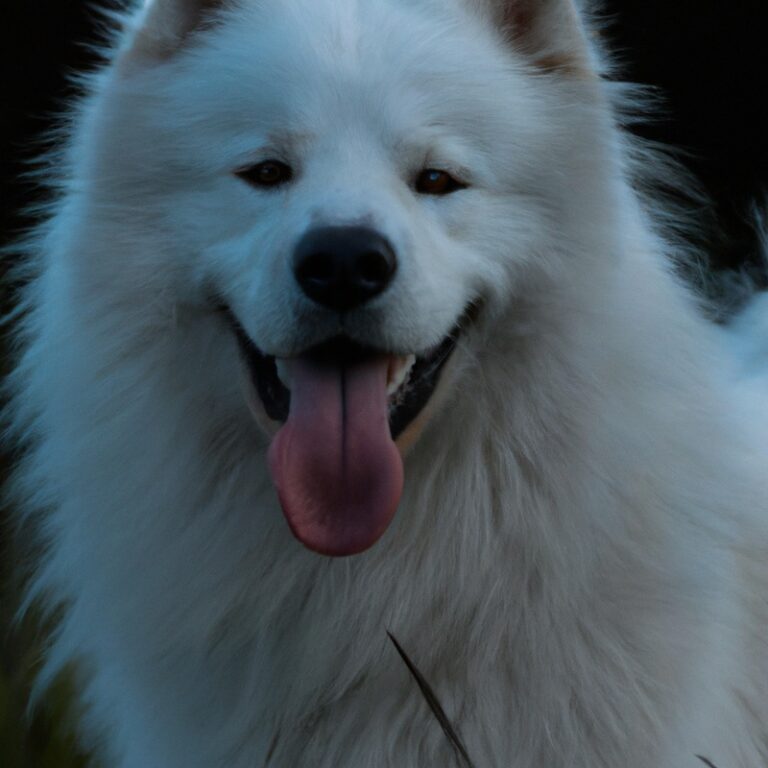How To Handle Samoyed’s Possessive Behavior?
Key Takeaways:
- Consistency in training is key to addressing possessive behavior in Samoyeds.
- Positive reinforcement techniques can be effective in discouraging possessive behavior.
- Proper socialization from an early age can help prevent possessiveness in Samoyeds.
- Seeking professional help may be necessary for severe cases of possessive behavior in Samoyeds.
Do you own a Samoyed that displays possessive behavior?
Don’t worry, you’re not alone! Dealing with possessiveness in Samoyeds can be challenging, but with the right knowledge and techniques, you can help your furry friend overcome this behavior.
In this article, I’ll share practical tips and insights on understanding and recognizing possessive behavior in Samoyeds.
We’ll also explore effective strategies for addressing and managing this issue, including proper socialization, positive reinforcement, and setting clear boundaries.
So, if you’re ready to create a harmonious environment with your Samoyed, keep reading!
| Behavior | Causes | Handling |
|---|---|---|
| Possessive behavior | Feeling of insecurity, lack of socialization, fear, or resource guarding | 1. Avoid triggering possessive behavior 2. Gradual desensitization and counterconditioning 3. Teach the “leave it” and “drop it” commands 4. Provide proper exercise, mental stimulation, and socialization |
Understanding Samoyed’s Possessive Behavior
What is possessive behavior in Samoyeds?
Possessive behavior in Samoyeds refers to their tendency to guard and protect their belongings or territory.
This can include toys, food, and even people.
Samoyeds may display possessive behavior by growling, snapping, or refusing to share items or space.
It’s important to address this behavior early on to prevent any potential aggression.
Providing proper training, socialization, and establishing clear boundaries can help manage possessiveness in Samoyeds.
Seeking guidance from a professional dog trainer or behaviorist is also recommended for effective management and training techniques.
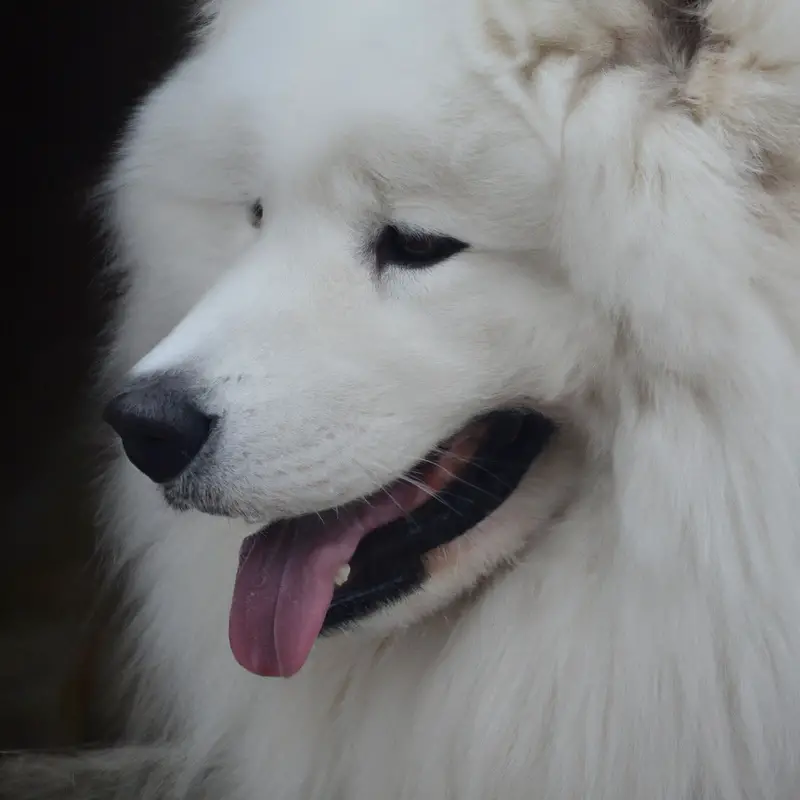
Why do Samoyeds exhibit possessive behavior?
Samoyeds exhibit possessive behavior due to their natural instincts and upbringing. As a breed originally used as herding and working dogs, they have been bred to guard their territory and resources.
This instinct can manifest in possessiveness over toys, food, or even their owners.
Additionally, certain environmental factors and lack of socialization during puppyhood can contribute to this behavior. Understanding and addressing these underlying factors can help in managing and modifying possessive behavior in Samoyeds.
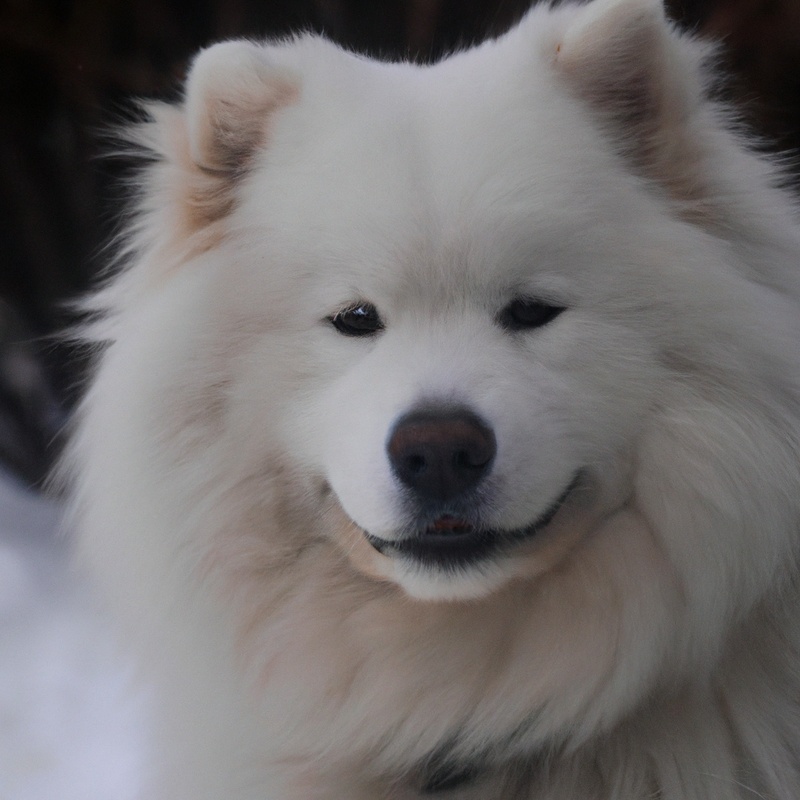
Recognizing Signs of Possessive Behavior in Samoyeds
Aggressive behavior towards humans or other animals
Samoyeds, like any other dog breed, may display aggressive behavior towards humans or other animals.
It is crucial to understand the underlying reasons behind this behavior and take appropriate actions to address it.
Training and socialization are key in preventing and managing aggression.
Consulting a professional dog trainer can provide valuable guidance on how to handle and modify aggressive behavior.
Remember, consistent and patient training techniques can help create a safe and harmonious environment for both your Samoyed and those around them.
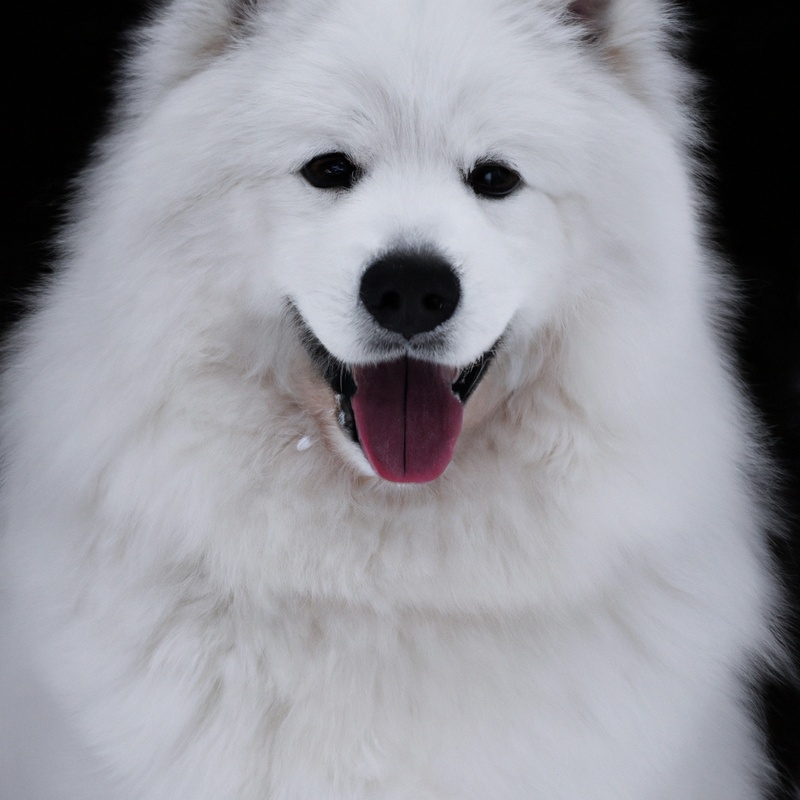
Guarding behavior towards food, toys, or territory
Guarding behavior in Samoyeds can manifest towards food, toys, or territory.
It is important to understand and address this behavior to ensure a harmonious living environment.
Signs of guarding behavior may include growling, snarling, stiff body language, or snapping.
To handle this behavior, consider the following tips:
- Never punish your Samoyed for guarding. This can exacerbate the problem and lead to aggression.
- Seek out the help of a professional dog trainer or behaviorist who specializes in guarding behavior.
- Gradually desensitize and counter-condition your Samoyed by providing positive associations with the guarded item.
- Teach your Samoyed a “leave it” or “drop it” command to redirect their focus away from the guarded item.
- Maintain a consistent routine and establish clear boundaries to minimize anxiety and set expectations for your Samoyed.
Unwillingness to share possessions or space
If your Samoyed is showing an unwillingness to share possessions or space, it could be a sign of possessive behavior.
This behavior may manifest as growling, guarding toys, or claiming a specific area.
It’s essential to address this behavior promptly to prevent any potential aggression.
Start by establishing clear boundaries and rules, and gradually introduce sharing and positive reinforcement.
Seek professional guidance if the behavior persists or escalates.
Remember, patience and consistency are key when dealing with possessiveness in Samoyeds.
Dealing with Samoyed’s Possessive Behavior
Proper socialization and training from an early age
Proper socialization and training from an early age is essential for managing your Samoyed’s possessive behavior.
Start by exposing your puppy to various people, animals, and environments to help them feel comfortable and confident.
This will prevent them from becoming overly possessive or fearful.
Positive reinforcement training, such as rewarding good behavior and ignoring unwanted behavior, will also teach your Samoyed appropriate manners.
Consistency, patience, and love are key when raising a well-socialized and well-behaved Samoyed.
Positive reinforcement techniques for behavior modification
Positive reinforcement is an effective technique for modifying behavior in your Samoyed. Here are some techniques you can use:
- Reward good behavior: Whenever your Samoyed displays positive behavior, such as sharing toys or being calm, reward them with treats or praise.
- Ignore unwanted behavior: If your Samoyed displays possessive behavior, ignoring them can help discourage it. Avoid giving attention or reacting to their possessiveness.
- Redirect their focus: Distract your Samoyed from possessive behavior by redirecting their attention to something positive, like a toy or a game.
- Consistency is key: Be consistent in your approach to reinforce positive behavior. Reward and redirect consistently to help your Samoyed understand what is expected of them.
Remember, positive reinforcement techniques require patience and consistency. With time, your Samoyed’s possessive behavior can be modified effectively.
Establishing clear boundaries and rules
To effectively handle possessive behavior in your Samoyed, it’s vital to establish clear boundaries and rules:
- Consistency is key. Make sure everyone in the household follows the same rules when it comes to your Samoyed’s possessiveness.
- Set clear expectations. Communicate what is and isn’t allowed when it comes to possessive behavior, both with toys and food.
- Use positive reinforcement. Reward your Samoyed for positive behaviors, such as sharing toys or displaying non-possessive behavior.
- Provide alternatives. Teach your Samoyed alternative behaviors to possessiveness, such as trading toys or offering a treat in exchange.
- Seek professional help if needed. If your Samoyed’s possessiveness is causing aggression or becoming unmanageable, consult a professional dog trainer or behaviorist for guidance.
Ensuring adequate mental and physical stimulation
To ensure that your Samoyed receives adequate mental and physical stimulation, there are a few key things you can do. First, engage your dog in daily exercise such as brisk walks or play sessions.
This will help burn off excess energy and keep them physically fit.
Secondly, provide interactive toys and puzzles that challenge their minds and keep them mentally stimulated. Finally, vary their routine by introducing new activities or training exercises regularly.
This will prevent boredom and help satisfy their need for stimulation.
Seeking professional help if necessary
If you’re struggling to deal with your Samoyed’s possessive behavior, seeking professional help can be a great option.
A dog trainer or behaviorist can provide personalized guidance and techniques to address your Samoyed’s possessiveness.
They will assess the situation, identify potential triggers, and create a tailored plan for you and your dog.
Remember, professional help can make a significant difference and ensure you and your Samoyed have a positive and harmonious relationship.
Frequently Asked Questions about Samoyed’s Possessive Behavior
Can possessive behavior in Samoyeds be corrected?
Possessive behavior in Samoyeds can be corrected with proper training and consistent reinforcement.
It’s important to establish clear boundaries and teach your Samoyed the “leave it” and “drop it” commands.
Additionally, practice sharing toys and treats to discourage possessiveness.
Seek professional guidance if needed to address more severe cases.
Positive reinforcement and patience are key in correcting possessive behavior in Samoyeds.
Are some Samoyeds more prone to possessive behavior than others?
Some Samoyeds may be more prone to possessive behavior than others.
This can depend on various factors such as genetics, upbringing, and individual personality traits.
While it is not a universal trait among the breed, it’s important to be aware that some Samoyeds may exhibit possessive tendencies more frequently.
Proper training, socialization, and providing a balanced environment can help address and manage possessive behavior in Samoyeds.
What are some common mistakes to avoid when dealing with possessive behavior in Samoyeds?
One common mistake to avoid when dealing with possessive behavior in Samoyeds is punishing or scolding them.
This can escalate their anxiety and worsen their possessiveness.
Instead, focus on positive reinforcement and reward good behavior.
Another mistake is not setting clear boundaries and rules.
Establishing consistent rules from the beginning helps prevent possessive behaviors from developing.
It’s also important to avoid indulging or giving in to their demands, as this can reinforce their possessiveness.
Lastly, don’t ignore or dismiss signs of possessiveness, as early intervention is key to addressing the issue effectively.
How long does it take to see improvement in a Samoyed’s possessive behavior?
Improving a Samoyed’s possessive behavior can take time and consistency. The exact duration varies depending on the individual dog and the severity of their possessiveness.
Typically, it can take several weeks to a few months to see significant improvement.
However, it is important to remember that every dog is different, and results may vary. It is crucial to remain patient, consistent, and seek guidance from a professional dog trainer if needed.
Can possessive behavior in Samoyeds be completely eliminated?
Possessive behavior in Samoyeds can be challenging to completely eliminate.
It is rooted in their genetics and can vary from dog to dog.
While training and socialization can help manage and reduce possessiveness, complete elimination may not be possible.
Consistency, positive reinforcement, and working with a professional trainer can go a long way in addressing and modifying this behavior.
Patience and understanding are key when dealing with possessiveness in Samoyeds.
Final Verdict
Understanding and addressing possessive behavior in Samoyeds is crucial for creating a harmonious and safe environment.
By recognizing the signs of possessiveness, such as aggression or guarding behavior, owners can take proactive steps to manage and modify this behavior.
Proper socialization, positive reinforcement, and establishing clear boundaries can go a long way in addressing possessiveness.
While complete elimination of possessive behavior may not always be possible, with consistent effort and professional guidance if needed, significant improvement is achievable.
By committing to the well-being and training of their Samoyeds, owners can create a balanced and happy relationship with their furry companions.


